Deskripsi
Pengenalan Babi Pipa
Transportasi pipa sangat penting dalam produksi industri dan sektor sipil, karena memberikan metode yang efisien dan hemat biaya untuk mengangkut cairan seperti air, minyak, dan gas dalam jarak jauh. Namun, seiring waktu, kotoran dan puing -puing dapat menumpuk di dinding bagian dalam pipa, menghasilkan berkurangnya efisiensi transmisi, peningkatan konsumsi daya, dan potensi kerusakan pada bahan pipa. Untuk mengatasi masalah ini dan mempertahankan fungsi pipa yang optimal, babi pipa dua arah telah muncul sebagai solusi yang fleksibel dan efektif.
Apa itu Pipa Dua Arah Babi?
Babi pipa dua arah adalah perangkat khusus yang digunakan untuk membersihkan dan memelihara pipa. Desainnya mirip dengan babi gelas, menampilkan struktur berbentuk cakram dengan diameter sedikit lebih kecil dari diameter bagian dalam pipa. Pelat penyegelan babi pipa dua arah dirancang untuk memiliki tingkat gangguan tertentu dengan diameter bagian dalam pipa. Ini memungkinkan babi untuk melakukan gerakan dua arah, membuatnya sangat efektif dalam membersihkan puing-puing pipa.
Salah satu keuntungan utama menggunakan babi pipa dua arah adalah kemampuannya untuk melakukan operasi yang meledak kembali, yang dapat membantu menghilangkan penyumbatan dalam pipa. Ini membuatnya menjadi pilihan yang ideal untuk digunakan sebelum pipa dioperasikan, karena dapat membantu mencegah masalah potensial dan memastikan fungsi pipa secara efisien sejak awal.
Fitur dan keunggulan Pipa Dua Arah Babi
Babi pipa dua arah banyak digunakan dalam industri pipa untuk membersihkan, memelihara, dan memeriksa pipa. Mereka menawarkan beberapa fitur dan keunggulan yang menjadikannya alat penting bagi operator pipa. Berikut adalah beberapa fitur utama dan manfaat menggunakan babi pipa dua arah:
Fitur dari Pipa Dua Arah Babi
Desain berbentuk cakram: Babi pipa dua arah memiliki struktur berbentuk cakram, yang memungkinkan mereka untuk dengan mudah menavigasi pipa dan secara efektif membersihkan puing-puing dan kotoran.
Diameter sedikit lebih kecil: Diameter pelat pemandu dalam babi pipa dua arah sedikit lebih kecil dari diameter bagian dalam pipa, memudahkan babi untuk bergerak melalui pipa sambil mempertahankan segel yang ketat.
Gangguan pelat penyegelan: Pelat penyegelan babi pipa dua arah dirancang untuk memiliki tingkat gangguan tertentu dengan diameter bagian dalam pipa, memastikan pembersihan yang pas dan efektif.
Gerakan dua arah: Babi pipa dua arah dirancang untuk bergerak di kedua arah dalam pipa, memungkinkan mereka digunakan untuk operasi pembersihan yang membutuhkan gerakan bolak-balik.
Kompatibilitas material: Babi pipa dua arah dapat dibuat dari berbagai bahan, seperti poliuretan atau busa, agar sesuai dengan lingkungan pipa yang berbeda dan persyaratan pembersihan.
Keuntungan babi pipa dua arah
Pembersihan yang efektif: Babi pipa dua arah menawarkan kemampuan pembersihan yang luar biasa, menghilangkan puing -puing, kotoran, dan kontaminan lainnya dari dinding bagian dalam pipa dengan mudah.
Operasi backblowing: Pergerakan dua arah babi pipa dua arah memungkinkan mereka digunakan untuk operasi yang meledak kembali, yang dapat membantu menghilangkan penyumbatan dan memastikan pipa bersih sebelum dioperasikan.
Keserbagunaan: Babi pipa dua arah dapat digunakan dalam berbagai jenis pipa, termasuk yang mengangkut air, minyak, gas, dan cairan lainnya, menjadikannya alat serba guna untuk pemeliharaan pipa.
Mengurangi waktu henti: Dengan membersihkan pipa secara efektif dan menghilangkan penyumbatan, babi pipa dua arah membantu meminimalkan waktu henti, memastikan sistem pipa beroperasi secara efisien dan tanpa gangguan.
Hemat biaya: Dibandingkan dengan metode pembersihan lainnya, seperti pembersihan kimia atau pembersihan ultrasonik, babi pipa dua arah menawarkan solusi yang lebih hemat biaya untuk memelihara dan membersihkan pipa.
Pemeliharaan preventif: Penggunaan rutin babi pipa dua arah dapat membantu mencegah penumpukan kotoran dan puing -puing, mengurangi kemungkinan penyumbatan pipa, korosi, dan kerusakan, dan pada akhirnya memperpanjang masa pakai sistem pipa.
Keamanan: Dengan memelihara saluran pipa yang bersih dan mencegah masalah potensial seperti penyumbatan dan pecah, babi pipa dua arah berkontribusi pada keamanan keseluruhan operasi pipa.
Mengapa Menggunakan Babi Pipa Dua Arah?
Pipa rentan terhadap berbagai bentuk kotoran dan puing-puing, seperti skala, skala minyak, lilin, dan karbon kokas, yang dapat menumpuk di dinding bagian dalamnya selama penggunaan jangka panjang. Deposito ini dapat meningkatkan resistensi cairan, menghasilkan berkurangnya efisiensi transmisi, peningkatan konsumsi daya, dan potensi kerusakan pada bahan pipa. Dalam beberapa kasus, penyumbatan pipa bahkan dapat mengakibatkan pecahnya, kebocoran cairan, dan suspensi produksi, menyebabkan masalah ekonomi dan keamanan yang signifikan.
Pembersihan pipa reguler sangat penting untuk mencegah masalah ini dan memastikan operasi pipa yang efisien dan aman. Meskipun ada berbagai metode yang tersedia untuk pembersihan saluran pipa, seperti pembersihan kimia, pembersihan ultrasonik, dan pembersihan jet air, menggunakan babi pipa dua arah adalah opsi yang sederhana, hemat biaya, dan efisien, terutama pada tahap awal ketika kotoran dan puing-puing sedang masih relatif ringan.
Komponen Utama dari Babi Peralatan
Peralatan pigging memainkan peran penting dalam konstruksi dan operasi pipa. Fungsi utamanya meliputi:
- Meningkatkan efisiensi pipa melalui babi reguler
- Mengukur dan memeriksa deformasi keliling pipa, seperti deformasi benjolan
- Memeriksa kerusakan pada logam pipa dari dalam, seperti korosi
- Menghapus penumpukan cair dan kotoran dari jaringan pipa baru setelah melakukan tes sesak
Desain dan pemasangan peralatan pigging harus memenuhi persyaratan operasional tertentu, seperti ukuran dan kebutuhan struktural detektor pigging. Mengikuti spesifikasi desain yang relevan sangat penting untuk memastikan kemampuan beradaptasi dan keamanan peralatan pigging.
Analisis risiko dan Penanggulangan di dalam Pipa gas alam Operasi Pigging
Operasi pigging diperlukan untuk membersihkan puing-puing, akumulasi cairan, dan pengotoran di pipa gas alam jarak jauh. Ini membantu meningkatkan efisiensi transportasi pipa, mengurangi kehilangan gesekan dan korosi dinding bagian dalam, dan memperpanjang masa pakai pipa. Namun, operasi pigging datang dengan risiko tertentu, terutama di jaringan pipa gas alam, yang membawa bahan yang mudah terbakar dan meledak dan beroperasi di bawah tekanan tinggi.
Beberapa risiko umum yang terkait dengan operasi pigging meliputi:
Babi macet
Babi pipa bisa macet karena deformasi pipa, pembatasan jari -jari siku, air berlebihan dan kotoran di dalam pipa, atau hambatan besar yang menghalangi gerakan babi. Ketika seekor babi macet, tekanan belakang meningkat, tekanan depan berkurang, dan aliran pipa turun, berpotensi mengarah ke penyumbatan pipa lengkap. Penanggulangan termasuk meningkatkan perbedaan tekanan mendorong, baik dengan meningkatkan tekanan hulu atau mengurangi tekanan hilir, dan mengeluarkan gas di belakang babi untuk mendorongnya kembali. Jika metode ini gagal, segmen pipa mungkin perlu dikosongkan, potong, dan babi dilepas.
Saluran babi
Saluran babi terjadi ketika waktu berjalan babi melebihi dua kali waktu berjalan teoretis di bawah perbedaan tekanan normal, atau ketika jarak lari yang dihitung jauh lebih besar dari jarak sebenarnya. Saluran dapat menyebabkan keausan babi, kebocoran udara, goresan babi, pecah, atau menempel di tee. Penanggulangan termasuk peningkatan asupan gas di belakang babi, mengurangi tekanan gas alam di depan babi, dan meningkatkan perbedaan tekanan untuk memulai babi. Jika babi tidak melanjutkan berjalan setelah 24 jam, babi busa poliuretan yang lebih besar dengan gangguan dapat dikirim untuk meluncurkan babi yang berhenti, dan analisis lebih lanjut mungkin diperlukan untuk menentukan penyebab dan tindakan yang tepat.
Kesimpulan
Babi pipa dua arah menawarkan solusi sederhana, hemat biaya, dan efisien untuk membersihkan dan memelihara saluran pipa. Dengan menangani penumpukan kotoran dan puing -puing dan meminimalkan potensi kerusakan pada bahan pipa, babi pipa dua arah berkontribusi pada peningkatan efisiensi transmisi, berkurangnya konsumsi daya, dan masa pakai layanan pipa yang diperluas. Karena permintaan untuk transportasi pipa yang efisien terus tumbuh, penting bagi operator untuk berinvestasi dalam pembersihan dan pemeliharaan reguler menggunakan alat yang efektif seperti babi pipa dua arah. Dengan memahami risiko yang terkait dengan operasi pigging dan menerapkan penanggulangan yang tepat, operator pipa dapat memastikan fungsi yang aman dan efisien dari sistem mereka, pada akhirnya menguntungkan ekonomi, lingkungan, dan keselamatan mereka yang mengandalkannya.
Sebagai kesimpulan, babi pipa dua arah menawarkan beberapa fitur dan keuntungan yang menjadikannya alat penting untuk pembersihan pipa, pemeliharaan, dan inspeksi. Dengan berinvestasi dalam babi pipa dua arah, operator dapat memastikan fungsi yang efisien dan aman dari sistem pipa mereka, pada akhirnya menguntungkan ekonomi, lingkungan, dan keselamatan mereka yang mengandalkannya.

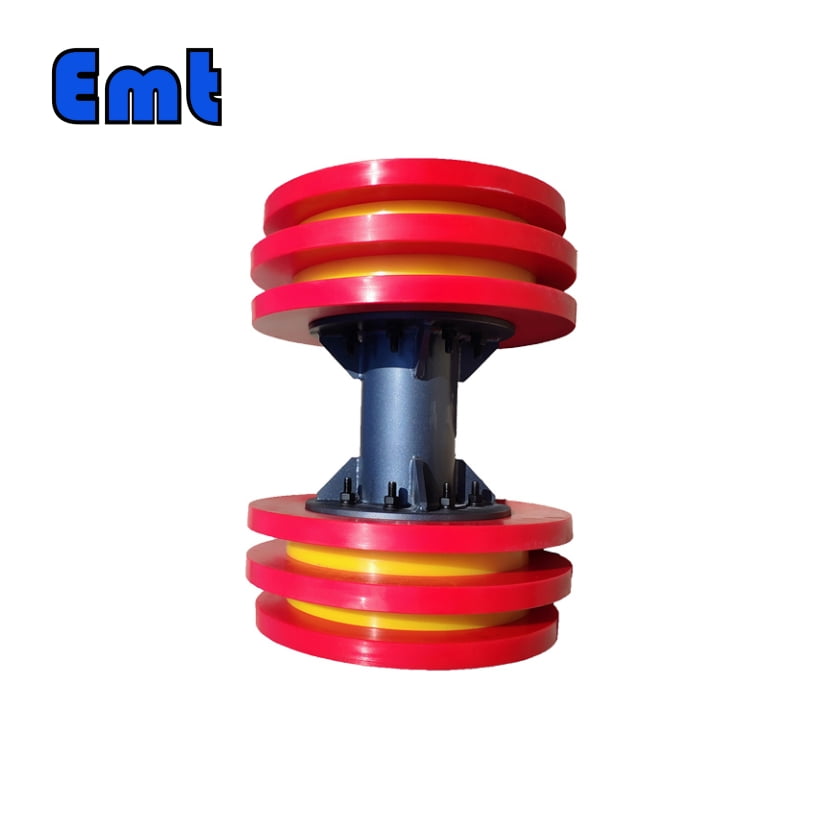
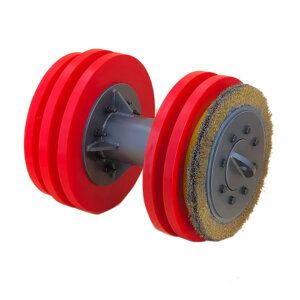
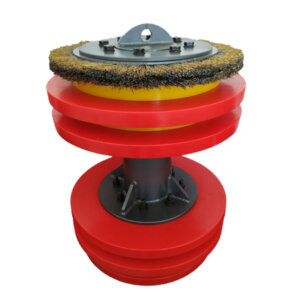
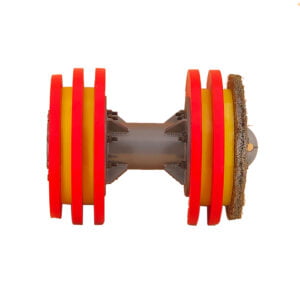
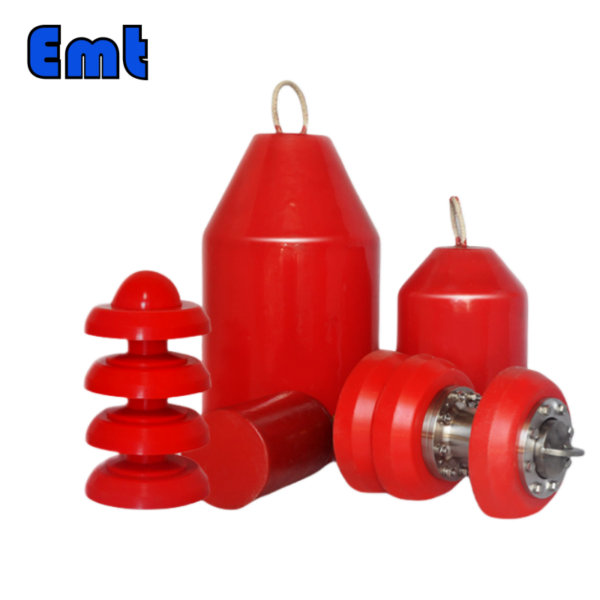
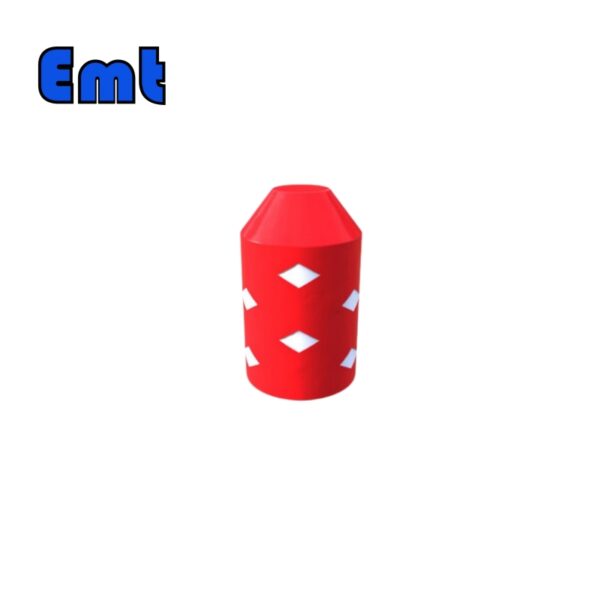
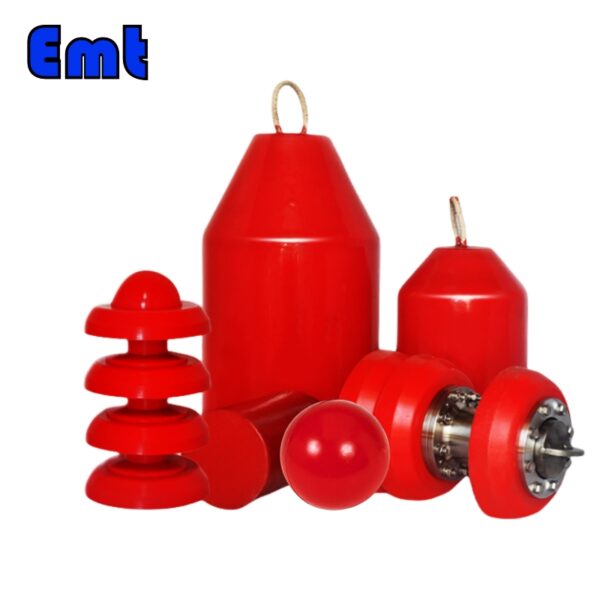
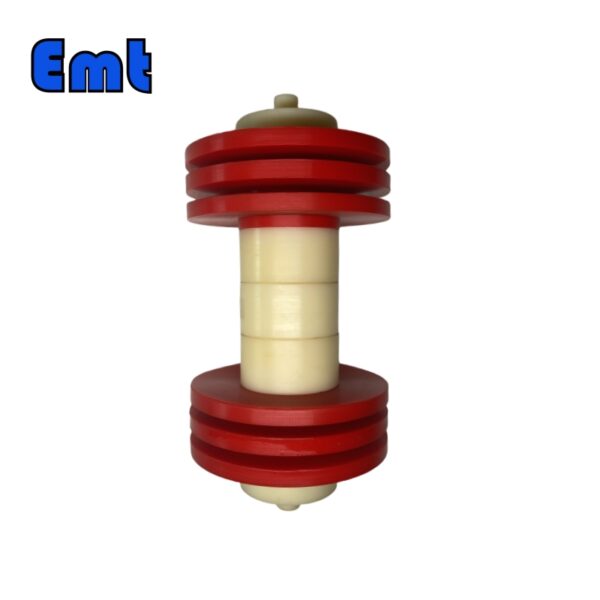
Ulasan
Belum ada ulasan.